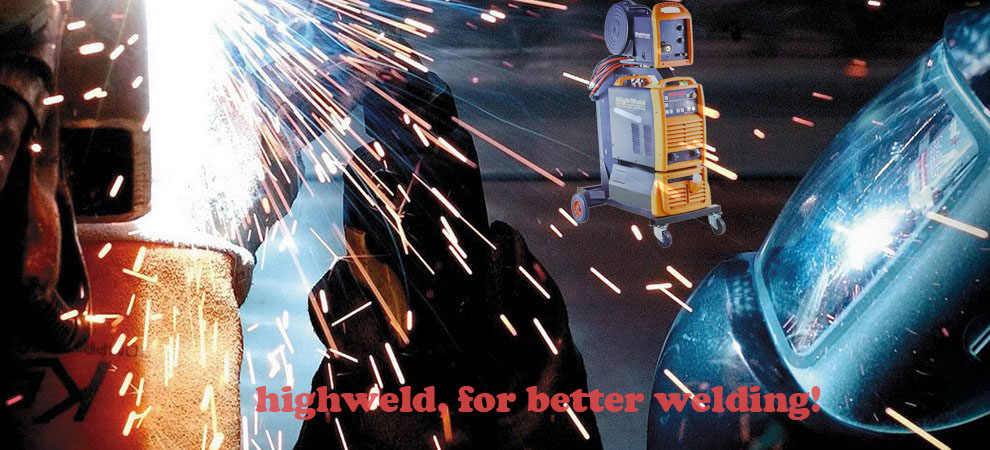History and Properties of Polyurethane
History of Polyurethanes
The discovery of polyurethanes is attributed to Otto Bayer in the year 1937 when he was working with coworkers at the laboratories of I.G. Farbenindustrie A.G. in Germany. The first polyurethane was formed from the reaction between a diamine-forming polyurea and an aliphatic diisocyanate. The polyurea was later replaced by glycol due to the enhanced properties of the polyurethane created.
The early forms of polyurethane were used during World War II. The original intent was for polyurethane to act as a synthetic substitute for natural rubber, which at that time had an exceedingly high demand and was difficult to obtain. The versatility of polyurethane gave it potential applications in fiber, foam, and coating production. This stimulated the commercial use of polyurethanes in the manufacture of textiles, cushions, shock-absorbing pads, and metal finishing.
The availability of polyisocyanates in 1952 led to the widespread use of polyester-isocyanate urethane systems. A few years later, polyether polyols in the form of poly tetramethylene ether glycol (PTMEG) were introduced in 1956 by DuPont. The next year, BASF and Dow Chemicals developed poly alkylene glycols. These two developments paved the way for the commercial introduction of polyether-based urethane systems. They offered superior characteristics to those exhibited by polyester systems. Such characteristics are excellent processing, low-temperature stability, and resistance to water and humidity. Since then, they‘ve become the major polymer system in the polyurethane manufacturing industry.
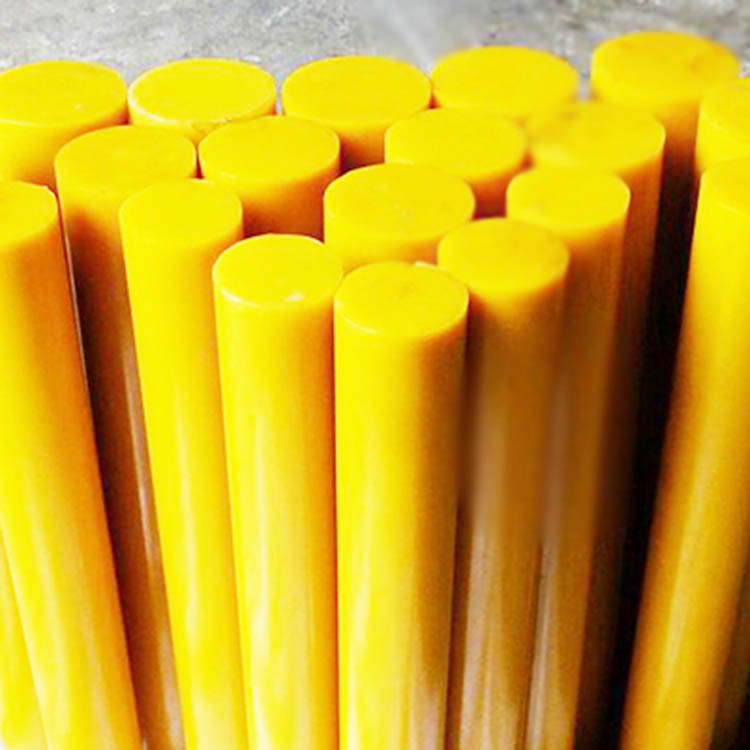
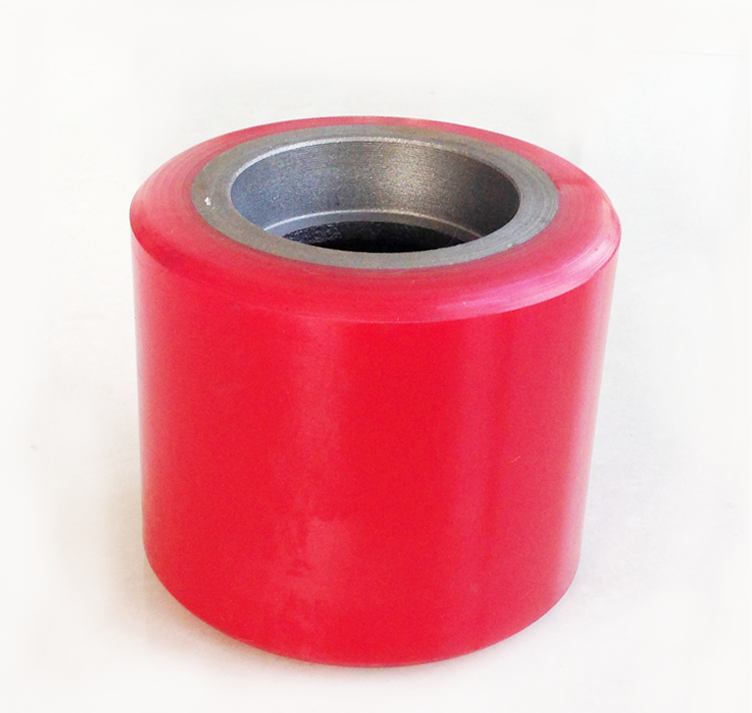
Properties
Polyurethane is an excellent plastic molding material because of its many desirable characteristics. Some of these properties include hardness, resilience, and chemical resistance. Polyurethane materials can be engineered to have different mechanical and chemical properties by formulating the polymer system with different components blended in specific quantities.
Abrasion Resistance
Fatigue Resistance
Thermal Aging Resistance
Friction
Machinability
Chemical Resistance
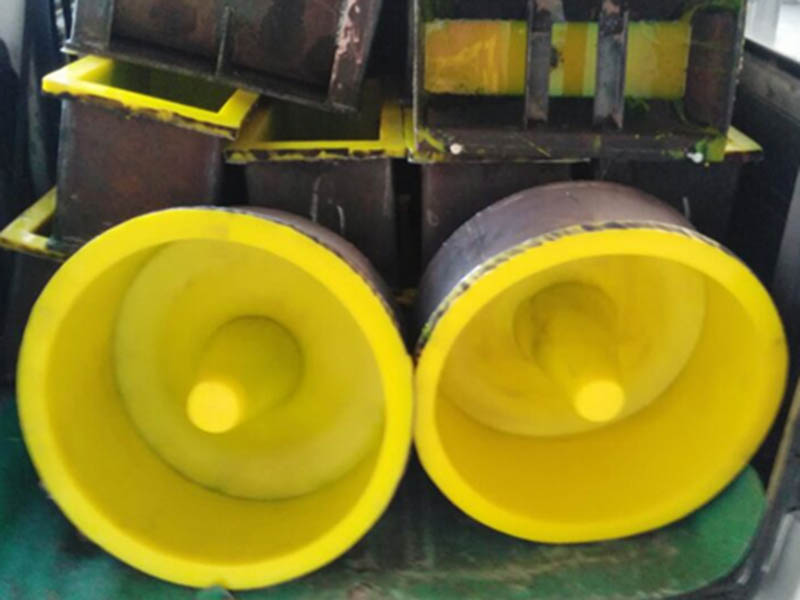
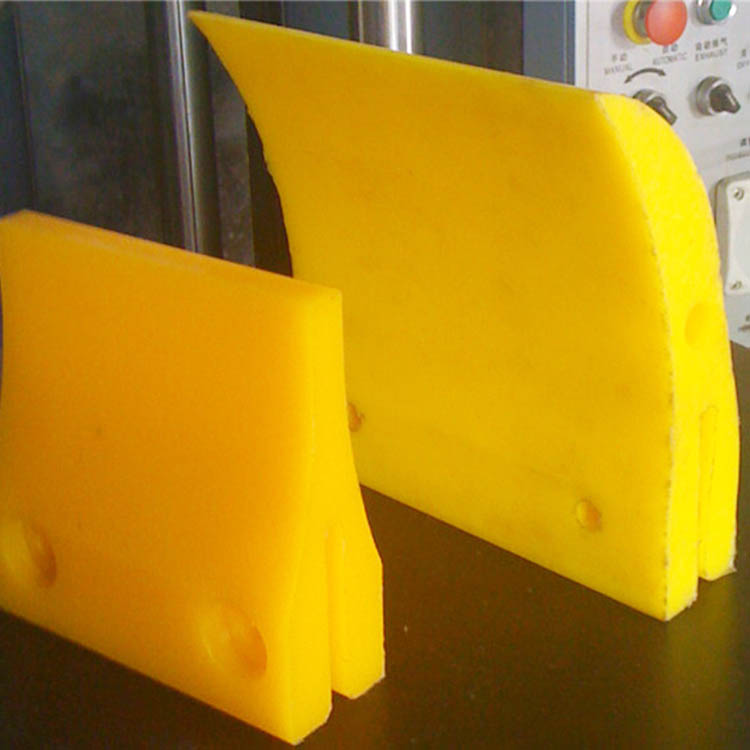
We support all kinds of customization, if you need it, please contact us.
Phone/whatsapp:+86 18234744811
Email:sales@highindustryco.com
